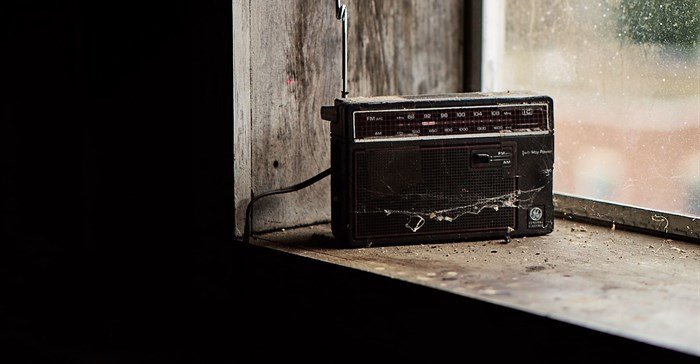I remember growing up on the dusty streets of the Vaal as a radio addict who used to love listening to Radio Bop.
Radio Bop had some of the coolest voices on radio and was broadcast out of the then Bophuthatswana. I could only catch Radio Bop in the evening, which was as a result of the signal being clearer in the evening than during the day; and as advertising people know; most people listen to radio during the day, so it meant that I could listen to Radio Bop with only a few, if no adverts at all. While people on TV were being sold products and brands I wasn’t being sold anything, and as a result, I got the best content.
The revolution of all things content
However, with the advent of the digital age, I am sure I would have been able to get a clearer signal of Radio Bop by downloading their app and listening to my favourite shows and personalities on my phone. Because of audio streaming apps, internet radio, and podcasts, nowadays people don’t have to listen to their favourite radio station only during primetime, but rather, whenever it suits them.
Consumers are able to listen to the content that appeals to them, when and where, they want to listen. For an example, if you love business specific news all you need to do is download or stream business news that tickles your fancy. You don’t have to wait for a live broadcast, and as you have it on your phone you can listen whenever and wherever you want to.
Notice that I mentioned listen to it on your cellphones. The digital era spurred on by mobile devices has given the revolution of all things content. If you think about it, we are spending an increasing amount of time on our cellphones every day, whether its downloading or streaming audio content, surfing the web (to read newspaper content) or simply just checking what is new and hot on Twitter or Facebook.
This means that these devices have created an environment that commands a whole lot of our attention throughout the entire day. But not only that, but these devices have also created an environment where lines are blurred between their core function by incorporating other devices’ functions, like taking a picture or storing music.
Mobile specific executions that target the modern consumer
The existence of the cellphone has rendered many industries redundant by simply consolidating their functions into one offering. I mean when was the last time you saw someone using an actual camera to take selfies, walking around with a boombox/ghetto blaster to listen to music or even someone driving around with a bag full of CDs, and a map book for directions?
The cellphone has created a convergence of all these elements into one device, thus creating a platform where one device has the attention of the consumer for most the day.
So what does it mean for marketers? We need to take into account this new way of living and create media strategies that utilise clever ways of targeting consumers during the course of the day with the understanding that this is the platform where our consumers can now be found. This means looking at ways of getting mobile specific executions that target this modern day consumer.
And of course, analytics will play a critical role in understanding what sort of content is largely consumed on the mobile platform, and how campaign collateral is used to give expression of the message. If not, marketers will lose out on a critical market that is switched onto their mobile devices for the better part of their day.



































